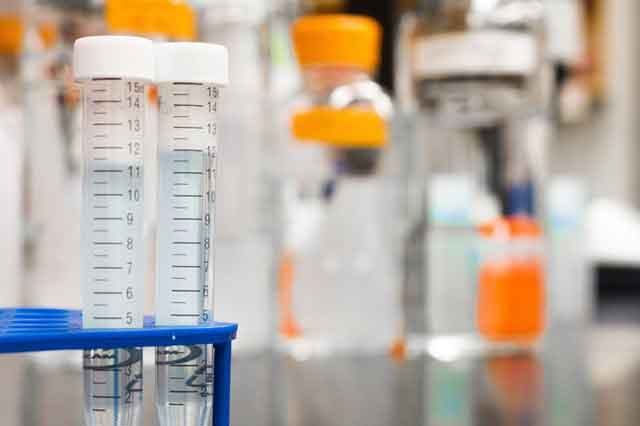 Marvin Isley: In Memory: A driving force in R&B music recently passed away due to complications from diabetes. Bassist Marvin Isley from the Isley Brothers was only 56 and his life story provides a cautionary tale.
Marvin Isley: In Memory: A driving force in R&B music recently passed away due to complications from diabetes. Bassist Marvin Isley from the Isley Brothers was only 56 and his life story provides a cautionary tale.
Isley was just 42 years old when both legs were removed due to diabetes. By that time Marvin had helped provide the bass signature that differentiated The Isley Brothers music from other R&B artists. He was inducted into the Rock and Roll Hall of Fame with the Isley Brothers in 1992, but it was with uncharacteristic regret that he spoke in an interview with the Atlanta Journal Constitution in 2001.
In that interview Isley was quick to express regret that he allowed his diabetes to go so long without treatment. He indicated he had ignored the disease for years. “If I would have listened, if I would have understood diabetes like I understood music, maybe these things wouldn’t have happened,” said Isley.
Isley first suffered a stroke that led to the lack of use in his left hand and an end to his musical career. The effects of diabetes quickly claimed Isley’s legs. His wife Sheila remembers him as a man who always treated her work as more important than his own.
Marvin provided bass duties and background vocals from 1973-84 and again from 1991-97. It was 1997 when diabetes complications took both legs. Marvin was with the group during their most commercial successful years.
The cautionary tale of Marvin Isley’s life is too important to overlook. By all accounts Isley was an important figure in his band and perhaps in the overall scheme of American music to a greater or lesser degree, yet even after being diagnosed with diabetes in 1990 Isley apparently failed to follow a committed treatment plan for his health. By the time severe health issues conspired against him it was too late to continue with life as he had known it.
He lived with that regret for more than a dozen years.
Isley’s wife, Sheila, has nothing but wonderful things to say about Marvin, and rightfully so. His contributions to music and family are well noted, but again his most memorable regret reads, “If I would have understood diabetes like I understood music, maybe these things wouldn’t have happened.”
A site like this seeks to provide tools to eliminate this kind of regret. The information we provide can help you follow up with your primary care physician on treatment plans or new innovations that have provided meaningful assistance in diabetes management.
We seek to bring you the latest diabetic news, government health care information, and statistics. We also work to find great stories about diabetics who overcome tremendous obstacles to achieve incredible things.
Knowledge is power, and when it comes to diabetes we want you to be empowered. The more you know – the more you can affect the outcome of your disease. The more you read – the greater the sense of encouragement you will find.
We believe that no one should have to be isolated in their disease. We recognize that depression can be a component in diabetes (especially in Type 2 diabetics), but we will always attempt to use this space to provide the greatest wealth of diabetes information available. We welcome you back on a regular basis and encourage you to spend some time in our archives. There’s much to be discovered – right here.
